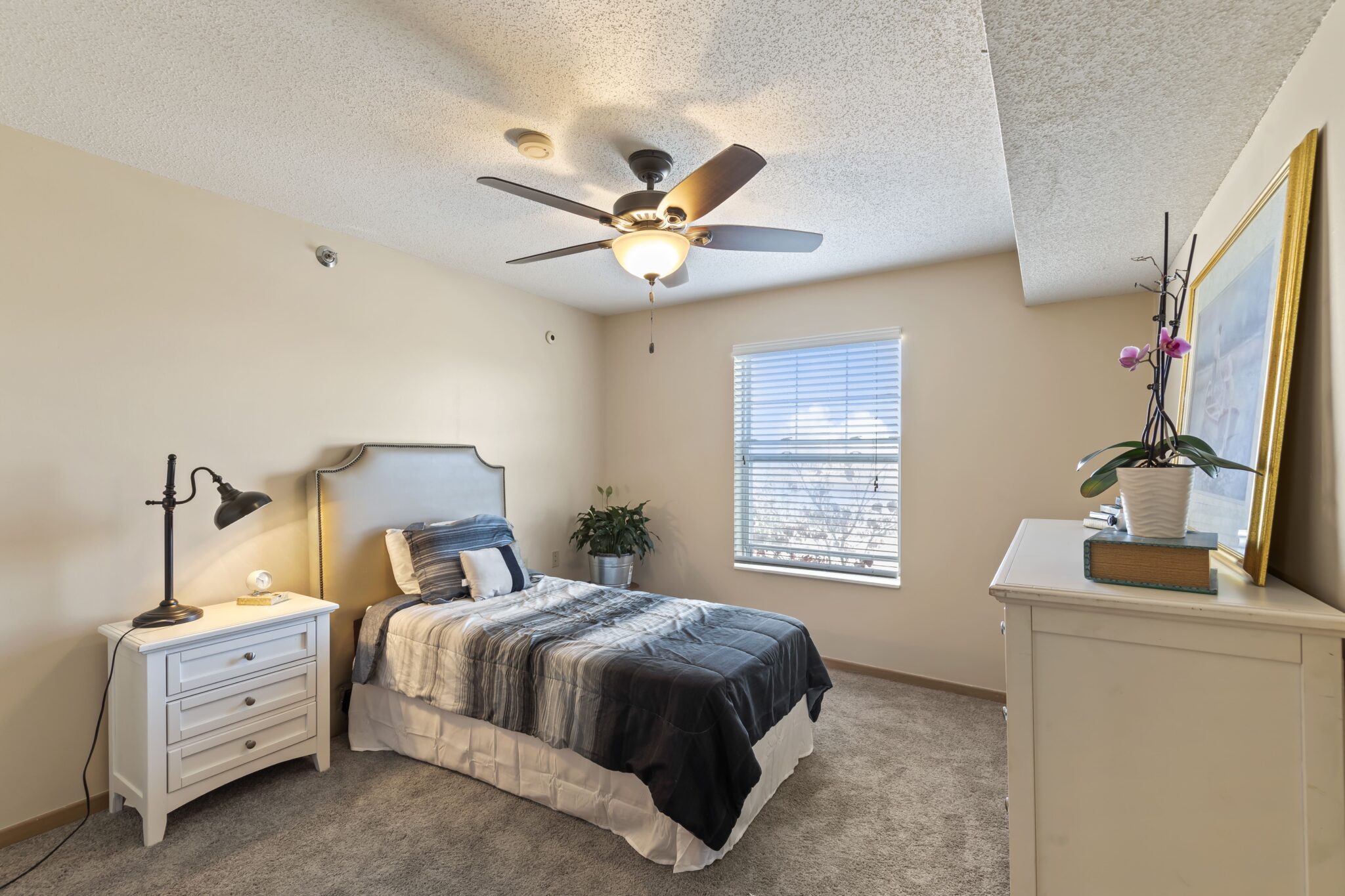Staging has become a vital and influential technique in Commercial Real Estate Photography. Staging entails creating environments to convey a sense of attractiveness and functionality beyond taking pictures. Combining expert photography and well-planned staging may significantly improve commercial properties’ presentation. In this piece, we examine the practice of staging photographs of commercial properties and how it affects the production of visually appealing images that appeal to potential clients.
Setting the Scene with Staging: Staging is similar to setting a stage for a performance; it entails establishing a warm and eye-catching atmosphere that conveys the soul of a property. Every detail, from furniture placement to accent pieces, is meticulously chosen to create a coherent and captivating narrative for the room. Staging turns empty or untidy spaces into hospitable, aspirational environments that appeal to potential purchasers’ needs.
Enhancing Visual Appeal:
Staging has a significant positive impact on the visual appeal of commercial properties. A home’s strengths, weaknesses, and potential can all be highlighted by carefully chosen furnishings and décor pieces. Staging gives a property a good first impression by visually communicating the adaptability and opportunities it offers, from presenting the utility of office spaces to emphasizing the amenities of retail spaces.
The ability to stage allows for developing a lifestyle narrative that appeals to the target audience. A well-staged shop space, for example, can create feelings of elegance, comfort, or convenience, while a well-staged workplace space can represent professionalism, efficiency, and modernism. Potential buyers may see themselves in the area thanks to the thoughtful selection of furniture, color schemes, and design items, which fosters an emotional connection that may influence their decision.
Optimizing Photographic Composition:
Staging is not just about aesthetics; it is essential for achieving the best possible composition in photographs. Every angle the camera captures of the property will show it in the best possible light, thanks to expert staging. Factors including furniture placement, lighting, and spatial layout are carefully coordinated to produce visually pleasing and balanced views that capture the viewer’s attention and communicate a sense of harmony.
Emphasizing Scale and Proportion:
The art of staging also involves drawing attention to the scale and proportion of a given area. Commercial properties come in various shapes and sizes, and staging helps prospective buyers better understand the proportions and spatial relationships. Viewers can better see how they might interact with and move around the area thanks to the thoughtful placement of furniture and decor.
Maximizing Online and Offline Impact:
Both online and offline contexts emphasize staging equally. Commercial properties that have been staged stand out in listings and marketing materials online, generating more clicks and interaction. Staging gives potential buyers an initial sense of interest and comfort during offline showings, enticing them to learn more about the property and leave a lasting impression.
In summary, staging is a complicated approach that combines strategic curation with visual storytelling in commercial Real Estate Photography. It entails creating an immersive experience that connects with potential consumers emotionally and practically, going beyond simply furnishing a room. Staging increases visual appeal, conjures up lifestyle stories, improves picture composition, highlights scale and proportion, and maximizes effect online and offline. Staging converts commercial properties into arresting visual storylines that draw curiosity, foster real estate transactions, and captivate attention when combined with expert photography.


